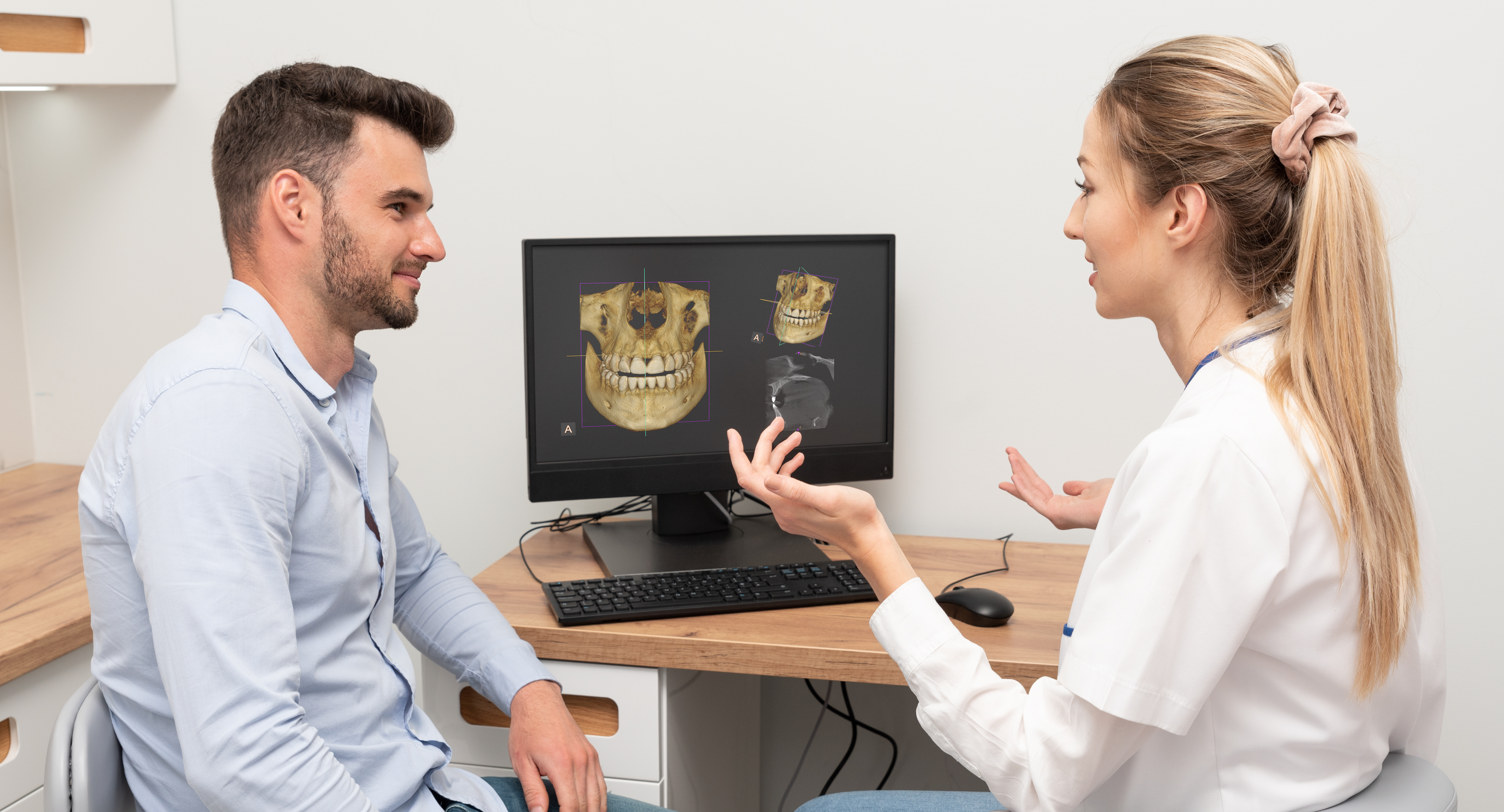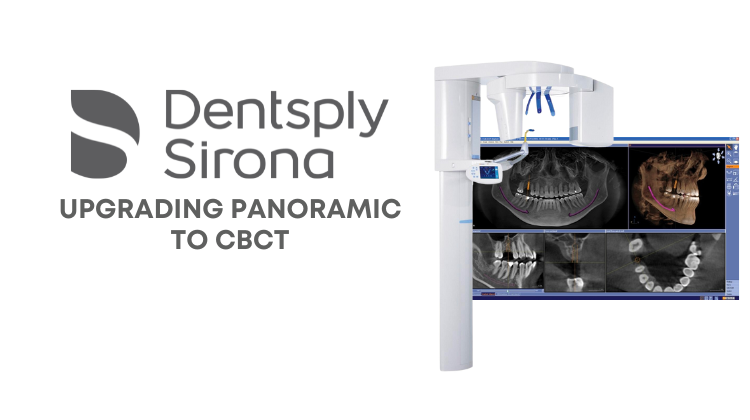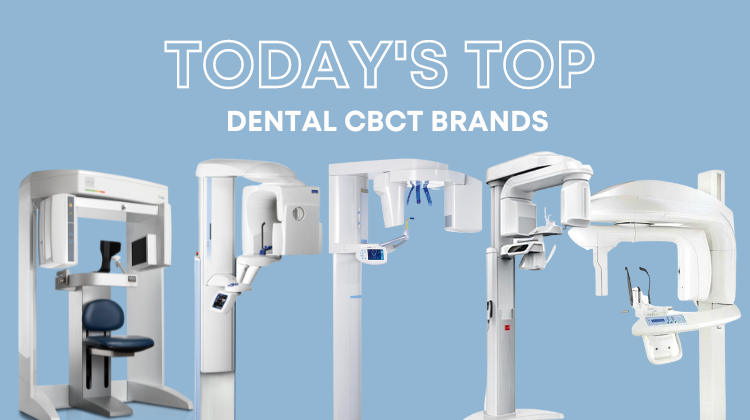Discussing CBCT with Your Patients

When patients become accustomed to one technology, it can be challenging for them to accept something new. Below are answers to frequently asked questions that your patients may have about CBCT when you upgrade to 3D imaging from 2D imaging.
What is CBCT?
CBCT is the abbreviation for cone beam computed tomography, also known as cone beam. CBCT provides your dentist with clear images of your jaws and teeth in three dimensions (3D).
Why do I need a Cone Beam Scan?
Your dentist may recommend a CBCT procedure for planning a root canal, orthodontic treatment, placement of dental implants, wisdom teeth removal, and other situations when obtaining a more detailed, precise view of your dental anatomy is required.
What type of image does the CBCT produce?
Cone beam imaging creates a 3D view of your face and teeth. Your dentist can view the images immediately on an attached computer screen to aid in diagnosing your condition(s) and planning your treatment. 3D scans often help patients better understand their dental conditions and treatment options as they are easier to spot on a CBCT image. Don’t hesitate to ask your dentist to explain the 3D image if you have any questions.
Why can’t my dentist just use traditional imaging?
While every patient has unique needs and every dentist has his or her own preferences, keep in mind that 2D images are flat. A CBCT machine with 3D capability gives more anatomically correct information, which in turn enables your dentist to plan the most efficient treatment for you.
What should I expect when my dentist uses CBCT?
You will either stand or sit for your dentist’s assistant to take the images depending on the specific type of CBCT he or she uses. To keep your head steady and the images clear, the assistant will ask you to place your chin into a chinrest. As you stand or sit as still as possible, the cone beam will move around your head, but it will not touch you. The assistant will request you to remain in the same position while checking the images to ensure that they captured the necessary details.
Should I do anything special to prepare for my CBCT?
If you have any piercings or normally wear jewelry anywhere on your head or face, your dentist will most likely ask you to remove them prior to the scan. This will help to save time when you report for your appointment. You may be asked to remove dentures, retainers, or other removable dental appliances, as well.
Should I feel concerned about radiation exposure during this exam?
Your dentist will approve you to receive the CBCT after considering all other options and deeming it the most appropriate one. While you receive slightly more radiation exposure with CBCT than a typical dental X-ray, the amount is insignificant compared to a medical CT scan.
Where can I learn more about cone beam technology?
Don’t hesitate to discuss any concerns about dental imaging with your dentist. He or she should provide you with detailed information about your diagnosis as well as the proposed plan of treatment. This should include the reasons your dentist chose CBCT and why it is the best choice in the diagnosis and treatment of your specific condition.



